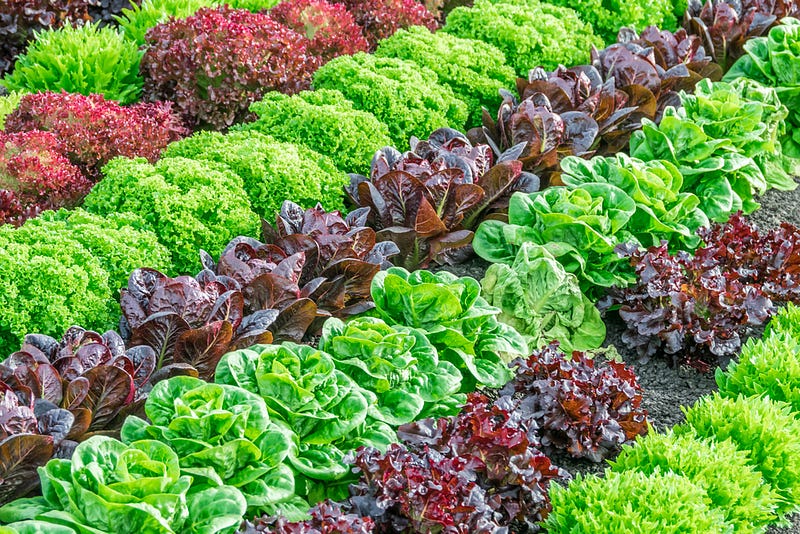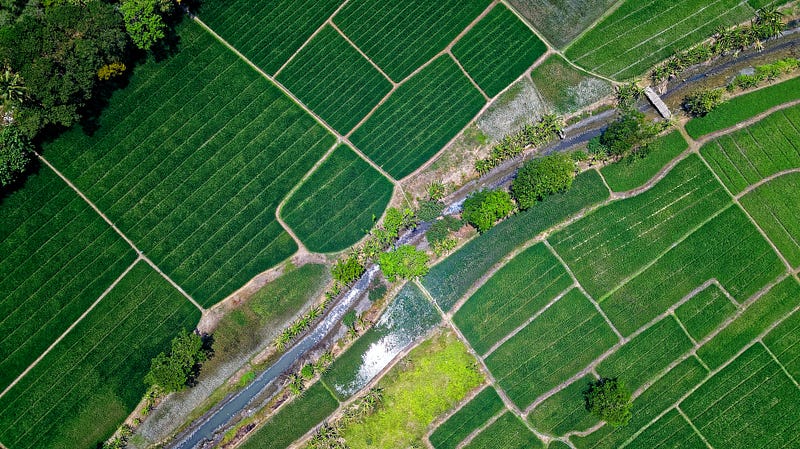Enhancing Organic Farming: Sustainable Methods for Biodiversity
Written on
Chapter 1: The Importance of Organic Farming
Organic farming presents an effective approach to making agriculture more eco-friendly. This practice avoids synthetic chemicals, such as fertilizers and pesticides, opting instead for organic alternatives like manure to enhance soil fertility. This shift significantly reduces environmental harm.
One notable advantage of organic farming is its ability to promote biodiversity, particularly the variety of plants, birds, bees, and various insects in a given area. Biodiversity refers to the multitude of species inhabiting a location. In contrast, conventional farming prioritizes maximizing food production through chemical use and monoculture, which ultimately diminishes biodiversity.
While organic methods can increase biodiversity by a third, they often result in lower yields. This necessitates a larger land area to produce equivalent food quantities, which can further threaten biodiversity. Therefore, it is essential to adopt additional practices that simultaneously boost biodiversity and yield.
Section 1.1: Implementing Mixed Crop Fields
One effective strategy to enhance the environmental benefits of organic farming is the cultivation of mixed crop fields. By growing multiple plant types together, including food plants, grasses, and trees, farmers can foster habitats for beneficial insects and bees.
Mixed crops create environments that support a greater variety of insects compared to monoculture fields, which only sustain limited insect populations. The introduction of diverse plant species not only heightens biodiversity but also enhances pollination and pest management.

Section 1.2: The Benefits of Smaller Fields
Another method to boost the environmental friendliness of organic farming is to reduce field sizes. Smaller fields yield more edges, which serve as habitats for insects and bees. This can lead to increased wild bee populations, higher fruit yields, and reduced pest issues.
However, the downside is that producing grain on smaller farms can be more costly due to the need for additional labor and machinery. Fortunately, reshaping fields into long, narrow rectangles can help mitigate these costs while still encouraging biodiversity. This shape increases field edges, allowing pollinators like bees and butterflies to thrive closer to crops.

Chapter 2: Enhancing Landscapes for Biodiversity
Section 2.1: Creating Border Strips and Semi-Natural Areas
The establishment of expansive border strips and semi-natural landscapes is the third strategy for increasing the environmental sustainability of organic farming. Border strips, located at field edges, and semi-natural areas, which include wildflower patches and native grasses, significantly enhance biodiversity beyond what organic farming can achieve alone.
For instance, extending hedgerows can increase bird species richness dramatically, thereby boosting fruit yields in adjacent fields. Wildflower patches also play a crucial role; each additional flower species in a border strip can attract more pollinators, improving crop pollination and pest control.

Section 2.2: Diversifying Crop Rotations
The fourth method to enhance the ecological benefits of organic farming is through diversified and extended crop rotations. This involves planting various crops on the same field in successive years and allowing longer intervals before replanting the same crop.
Diversification prevents soil depletion and pest susceptibility caused by repetitive cropping. For example, rotating wheat, barley, and oil-seed rape can strengthen soil health. Extending the rotation cycle, such as waiting seven years before replanting wheat, allows both soil and insect populations to recover, further boosting biodiversity.
Conclusion: Advancing Environmental Sustainability in Agriculture
In conclusion, organic farming can be made even more environmentally friendly by enhancing biodiversity through various methods: mixed crop fields, smaller fields, larger border strips, and diversified crop rotations. Implementing these practices not only preserves the environment but also supports sustainable agricultural productivity.
Credit
Tscharntke, T., Grass, I., Wanger, T. C., Westphal, C., & Batáry, P. (2021). Beyond organic farming–harnessing biodiversity-friendly landscapes. Trends in Ecology & Evolution, 36(10), 919–930.